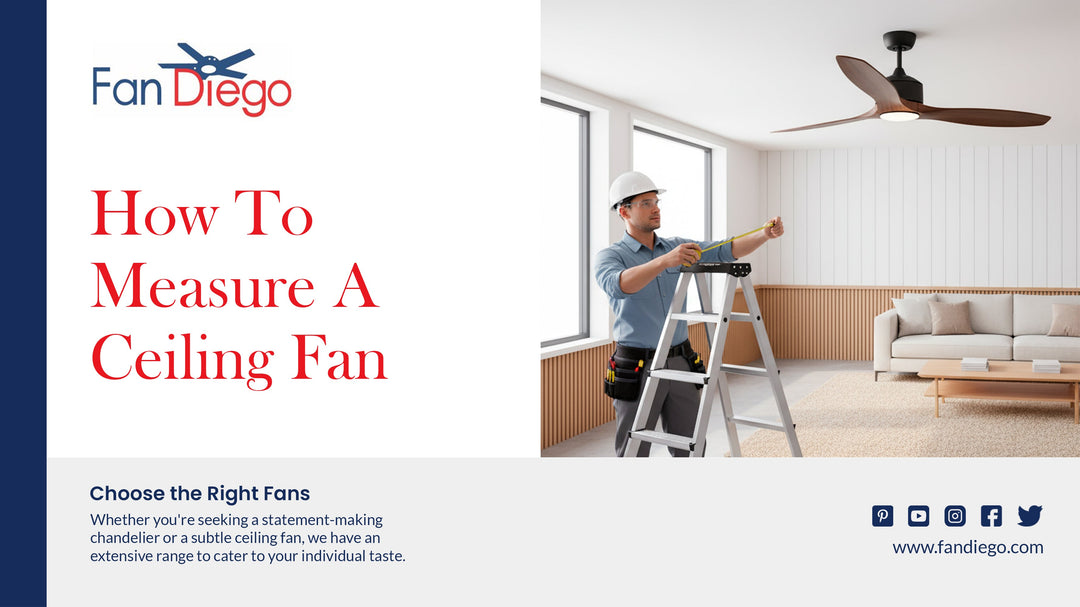The Beauty and Function of Light Layers
Light layers in interior design are not just about illumination; they create mood, highlight architecture, and enhance functionality. By strategically layering ambient, task, and accent lighting, designers can transform a space from flat and functional to dynamic and inviting. Ambient lighting sets the overall tone of a room, task lighting enhances functionality in spaces where detailed activities occur, and accent lighting draws attention to the artistic elements, such as artwork or unique architectural features. This trifecta of light layers works together to ensure a space is not only well-lit but also aesthetically pleasing and practical.
Understanding how to effectively apply these layers can dramatically change the perception and utility of any space. For instance, a well-placed pendant light can add warmth and focus in a living room, while under-cabinet lighting in a kitchen provides crucial visibility for cooking tasks without overpowering the softer, ambient overhead lights. The blog will explore various ways homeowners and designers can implement light layers to achieve a harmonious balance between beauty and function, making each area of the home or office not only more livable but also more visually compelling.
Table of content
Starting with Ambient Lighting
Ambient lighting serves as the foundation for any room’s lighting scheme. It provides general illumination, making sure you don’t trip over the furniture. But it does more than that. A well-designed ambient light layer sets the mood for the entire room. Ideally, it should provide a soft, glare-free light.
To set up ambient lighting effectively, consider these key factors:
- Balance: The goal is to provide uniform lighting without shadows.
- Natural Light: Make use of daylight wherever possible.
- Lumen Measurement: Aim for about 20 lumens per square foot for general lighting.
You can achieve ambient lighting through various fixtures. Options include chandeliers, ceiling-mounted or recessed lights, as well as LED downlights. Choose options that best suit your taste and the room’s requirements. Remember, ambient lighting is about creating a cozy, welcoming feel.
The Role of Task Lighting
Task lighting serves to illuminate specific areas where activities occur. Think of it as a spotlight on your workspace. Whether you’re cooking, reading, or writing, you need enough light to see clearly without straining your eyes.
To achieve effective task lighting, keep these aspects in mind:
- Focused Illumination: The light should be directed, and bright enough to eliminate shadows.
- Calculating Lumens: Multiply the task area’s square footage by 50 lumens for the right brightness.
- Adjustability: Being able to direct the light where needed increases functionality.
Some common fixtures for task lighting include desk lamps, under-cabinet lights, and pendant lights. Make sure they offer adjustability for added flexibility and comfort.
Accentuating Spaces with Accent Lighting
If ambient and task lighting are the bread and butter, accent lighting is the cherry on top. Designed to highlight art pieces, architectural details, or sculptures, it adds an exciting layer to your lighting design. Accent lighting lets you play with focus and emphasis, drawing attention to specific areas.
To make the most of accent lighting, follow these guidelines:
Accent lights should be at least three times brighter than the ambient lighting. This contrast catches the eye, helping to create focal points. Popular accent lighting options include:
- Picture Lights: Perfect for highlighting artwork or family portraits.
- Sconces: Ideal for adding both light and style along hallway walls.
- Cove Lighting: Subtle yet dramatic lighting effects for ceilings.
Incorporate accent lighting judiciously to spotlight your home’s best features, while seamlessly blending with other light layers.
Calculating the Right Lumen Levels
Properly calculating lumen levels ensures your lighting meets its functional and aesthetic goals. Lumen measurement is crucial for achieving the perfect light balance in any room. Essentially, lumens measure the quantity of light emitted by a source. Understanding this helps tailor the lighting to your specific space.
Consider the following:
- Ambient lighting: Around 20 lumens per square foot offers comfortable, general illumination.
- Task lighting: More intense, often needing 50 lumens per square foot for proper visibility.
- Accent lighting: At least three times as bright as the ambient level to stand out visually.
Remember, every room has different lighting requirements, so it’s essential to adapt these general guidelines. Whether you're lighting a cozy reading nook or a lively kitchen, understanding lumens will help you tailor your light layers for beauty and function.
Choosing the Perfect Bulbs
Choosing the right bulb goes beyond picking the first one off the shelf. The type of bulb you choose affects the color temperature, intensity, and energy efficiency. This decision plays a significant role in how your layered lighting will look and perform.
Key considerations for selecting bulbs:
- Color Temperature: Measured in Kelvin (K), it ranges from warm (2700K) to cool (5000K) light. Warmer tones are cozy, ideal for living rooms, while cooler tones suit task-heavy areas like kitchens.
- Energy Efficiency: Opt for LED bulbs as they're both energy-saving and long-lasting, reducing waste and utility bills.
- Brightness: Match the bulb's lumens to your calculated requirements for uniform light layers.
The market offers varied bulb options like CFLs, halogens, and LEDs. LEDs are often the best choice due to their versatility and longevity. Choose wisely to ensure your lighting achieves both its beauty and functionality goals.
Modern Lighting Controls and Their Benefits
Gone are the days of simple on/off switches. Today's modern lighting controls offer incredible flexibility and customization. They transform your home into a dynamic, responsive environment.
Types of Modern Lighting Controls
The controls available today are nothing short of revolutionary. They provide you with complete control over your light layers, enhancing both the ambiance and functionality:
- Dimming Controls: Adjust brightness levels to set the mood or save energy.
- Smart Lighting Systems: Allows control via smartphone or voice assistant, offering both convenience and integration with other smart home features.
- Motion Sensors: Provide automatic lighting when someone enters the room, perfect for areas like bathrooms or hallways.
These controls not only contribute to energy efficiency but also offer aesthetic and practical benefits. They bring an unparalleled level of personalization to your home, helping you tailor the lighting to your lifestyle needs.
Using Picture Lights for Artistic Appeal
Punctuating your light layers with picture lights can add a personalized touch. These specialized lights are designed to shine a spotlight on artwork, photos, and other decorative elements, enhancing their beauty.
Picture lights bring focus to the details that matter most to you. They're versatile enough to work with various frames and mediums, adding depth and dimension to your artful display.
When installing picture lights, consider these tips:
- Placement: Ensure the light is central to the artwork and about 6-12 inches above the frame.
- Adjustability: Rotate or tilt the light to minimize glare and maximize visual impact.
- Bulb Choice: Use LEDs to avoid UV damage while achieving the desired brightness.
By incorporating picture lights creatively, you'll elevate your home's decor to that of a curated gallery, blending beauty with function seamlessly.
Enhancing Spaces with Sconces and Tape Lighting
Sconces and tape lighting can add a touch of elegance and sophistication to any room. Sconces offer a stylish wall-mounted option, and they’re great for ambient or accent purposes. On the other hand, tape lighting provides a subtler, even magical, atmosphere, fitting perfectly under shelves or along toe-kicks.
Benefits of Sconces and Tape Lighting:
- Versatility: These fixtures fit virtually any design style, from rustic to modern.
- Space-saving: This is especially useful in smaller areas where floor or table lamps aren’t practical.
- Style Statement: Complement existing decor while increasing light functionality.
By strategically placing sconces and tape lighting, you can highlight architectural features or provide essential light where you need it most. Their transformative power is limited only by your creativity.

The Impact of Pendants and Ceiling Fans in Light Design
Pendants and ceiling fans do much more than hang decoratively from above. They play a crucial role in both providing and enhancing light layers. While pendants offer focused lighting, essential for task-oriented spaces, ceiling fans often come integrated with light fixtures that spread ambient or accent light.
Pendants can add an artistic focal point to spaces like the kitchen island or a reading nook.
When choosing pendants or fans, keep these considerations in mind:
- Proportions Matter: Ensure the size of the pendant complements the room. Too large, and it overwhelms; too small, and it's ineffective.
- Light Direction: Choose a style that directs light where you need it, whether up, down or both.
- Ceiling Fan Lights: Opt for dimmable options to adjust as necessary, offering a dual function of cooling and lighting.
Embrace the multi-functional capability of pendants and ceiling fans. They shift from being mere functional elements to critical components that pervade an inviting and stylishly lit environment.
When combined with thoughtful light layers, you go beyond mere illumination to create a living experience. Bold colors or modern aesthetics could be seamlessly integrated into your layers, ensuring your home provides the perfect balance of light where and when you need it.











